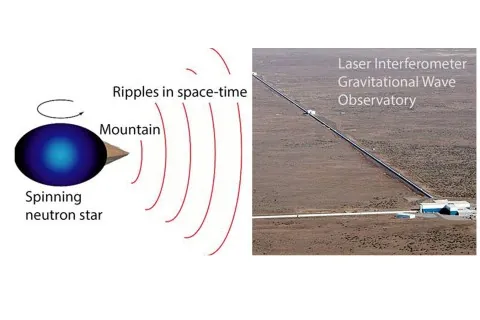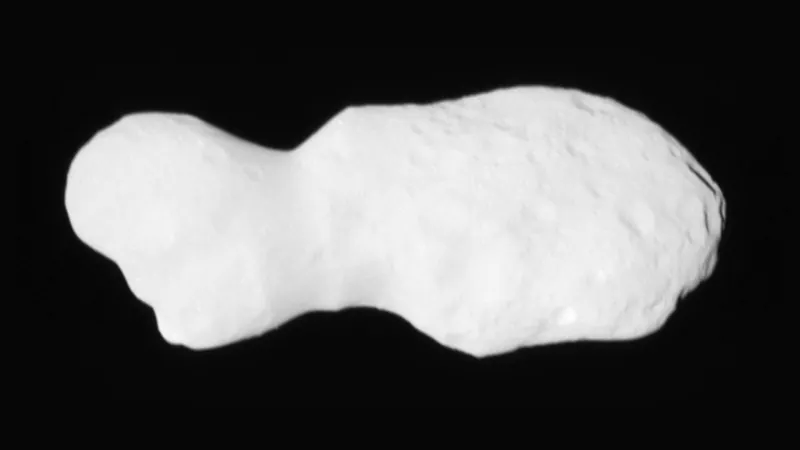
Unraveling the Mysteries of Neutron Star Mountains: A New Frontier in Gravitational Wave Astronomy
2025-01-11
Author: Wei
The Astounding Science Behind Neutron Stars
Recent research from nuclear theorists at Indiana University suggests that the mechanisms behind mountain formation on terrestrial and celestial bodies may apply to neutron stars as well. Just as our own planet features majestic mountain ranges shaped by geological processes, neutron stars could potentially generate analogous surface features. These mountains, however, would dwarf Earth’s highest peaks in terms of mass, leading to gravitational influence strong enough to create small oscillations in space-time itself.
The Implications of Discovering Neutron Star Mountains
The research is not just theoretical; it has profound implications for astrophysics. The search for continuous gravitational waves generated by non-axisymmetric deformations of neutron stars will guide future investigations into the nature of these cosmic giants. Continuous gravitational waves are notoriously difficult to detect due to their low frequency and subtlety, requiring precision instruments to tune into their unique signatures.
Surface Features and Gravitational Waves
The analogy between neutron stars and surface phenomena seen in certain moons of our solar system—such as Europa and Enceladus—adds another layer of intrigue. These moons also possess thin crusts over deep ocean layers, similar to the hypothesized structure of neutron stars. For instance, Europa is known for its linear features created by geophysical processes, while Enceladus exhibits striking tiger stripes caused by tectonic activity.
Funding and Future Research
This pioneering research has been supported primarily by grants from the Department of Energy's Office of Science, Nuclear Physics program, alongside contributions from the National Science Foundation. As LIGO continues its search for these elusive gravitational waves, the scientific community eagerly anticipates the revelations that await.
As humanity pushes further into the cosmos, understanding the nature of neutron stars and any mountainous features present on them could unlock new chapters in our understanding of stellar evolution, fundamental physics, and the vast tapestry of the universe. Stay tuned, as the search for neutron star mountains promises to shed light on the most mysterious aspects of the cosmos!





 Brasil (PT)
Brasil (PT)
 Canada (EN)
Canada (EN)
 Chile (ES)
Chile (ES)
 Česko (CS)
Česko (CS)
 대한민국 (KO)
대한민국 (KO)
 España (ES)
España (ES)
 France (FR)
France (FR)
 Hong Kong (EN)
Hong Kong (EN)
 Italia (IT)
Italia (IT)
 日本 (JA)
日本 (JA)
 Magyarország (HU)
Magyarország (HU)
 Norge (NO)
Norge (NO)
 Polska (PL)
Polska (PL)
 Schweiz (DE)
Schweiz (DE)
 Singapore (EN)
Singapore (EN)
 Sverige (SV)
Sverige (SV)
 Suomi (FI)
Suomi (FI)
 Türkiye (TR)
Türkiye (TR)
 الإمارات العربية المتحدة (AR)
الإمارات العربية المتحدة (AR)